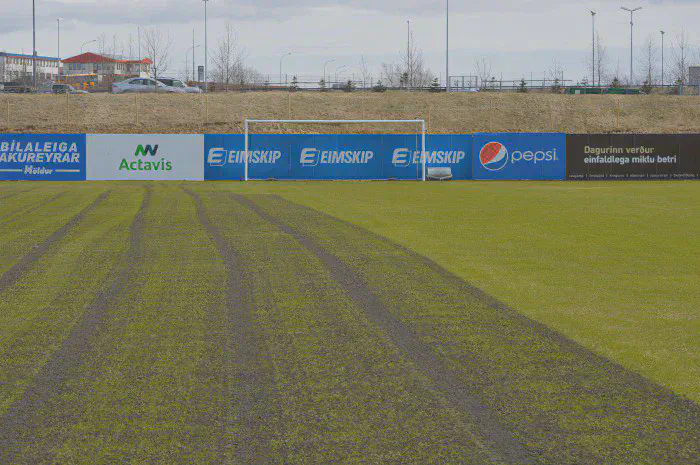Turfgrass Mystery: the case of the greener grass
Here’s a mystery about green patterns in straight lines on greens in Iceland.
This is Iceland in early May. There was still snow on the mountains around Reykjavik.
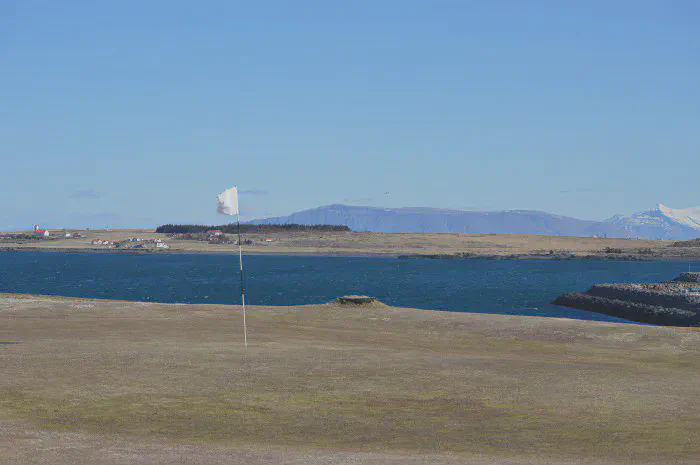
The greens in question are primarily fine fescue. I noticed straight lines where turf was greener in one section and less green in another.
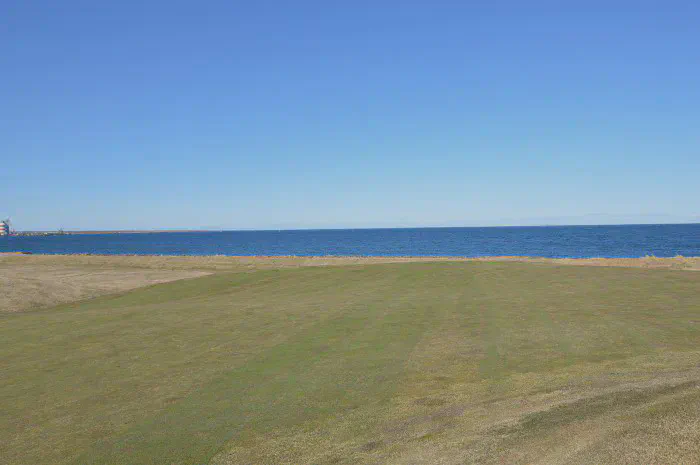
Was this caused by fertilizer?
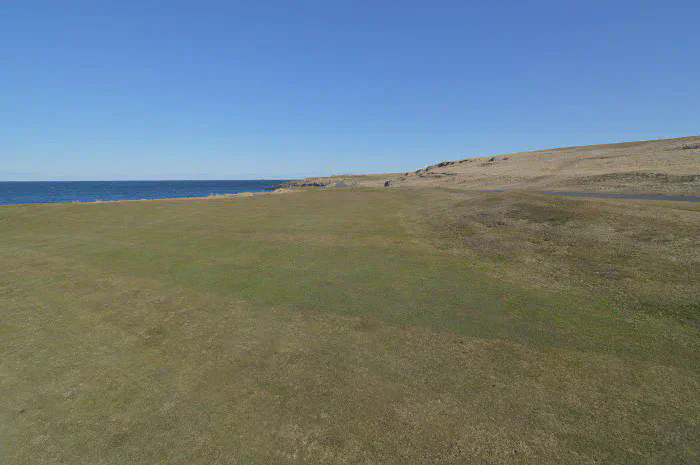
Or was it a different variety of fescue, with a darker green color? Or perhaps the remnants of a pigment application from the autumn?
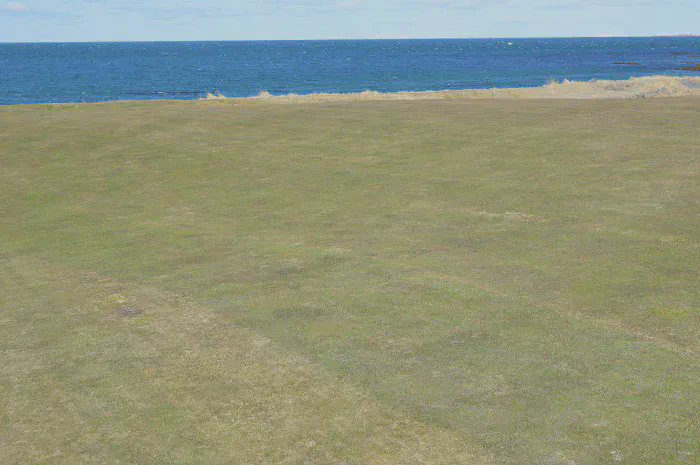
Maybe a nitrogen or iron application and only applied to a portion of the green?
The answer is not fertilizer, and not a greener variety of grass. What caused this was the application of dark topdressing sand.
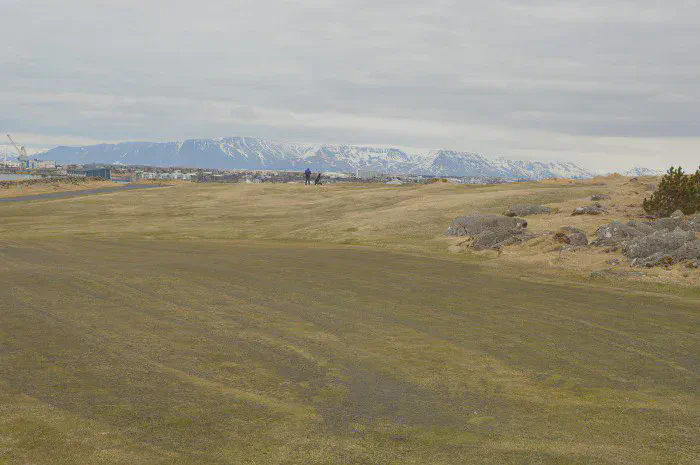
Topdressing in the spring with dark sand is a great way to smooth out the green surface after a long winter, and it makes a big difference in the color of the grass due to the slight increase in temperature.
The areas in green received more sand. The areas that were less green had less sand applied, or were skipped, due to irregularities in the distribution pattern from the topdresser.
You’ll see the difference in color from a closer look at a skip.
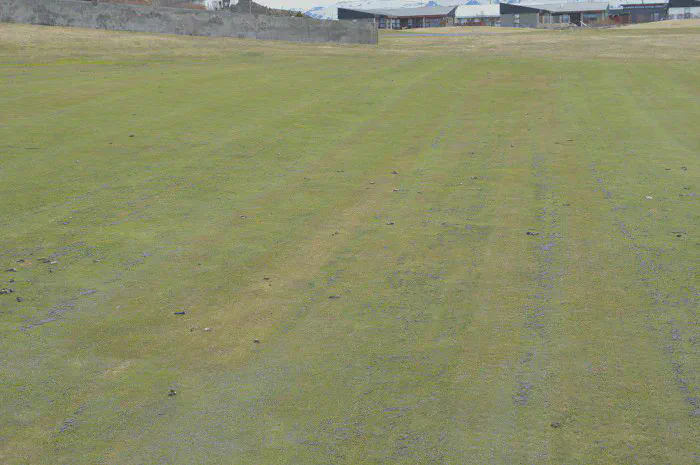
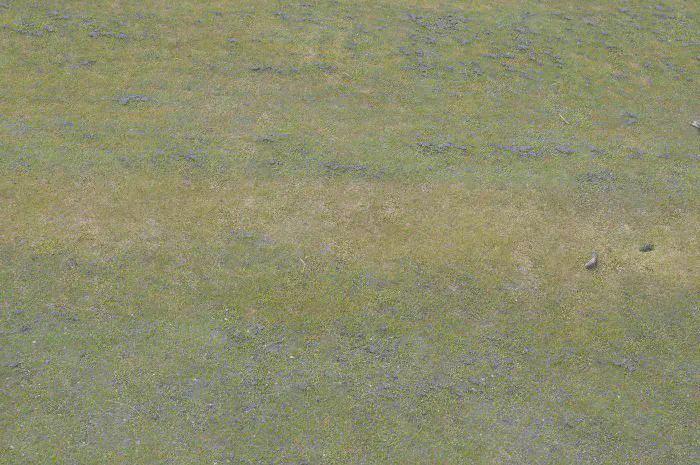
With such a short growing season, and cool temperatures, the practice of topdressing with black sand in the spring makes a lot of sense, and makes a big improvement in the turf. This is done on football pitches too.
